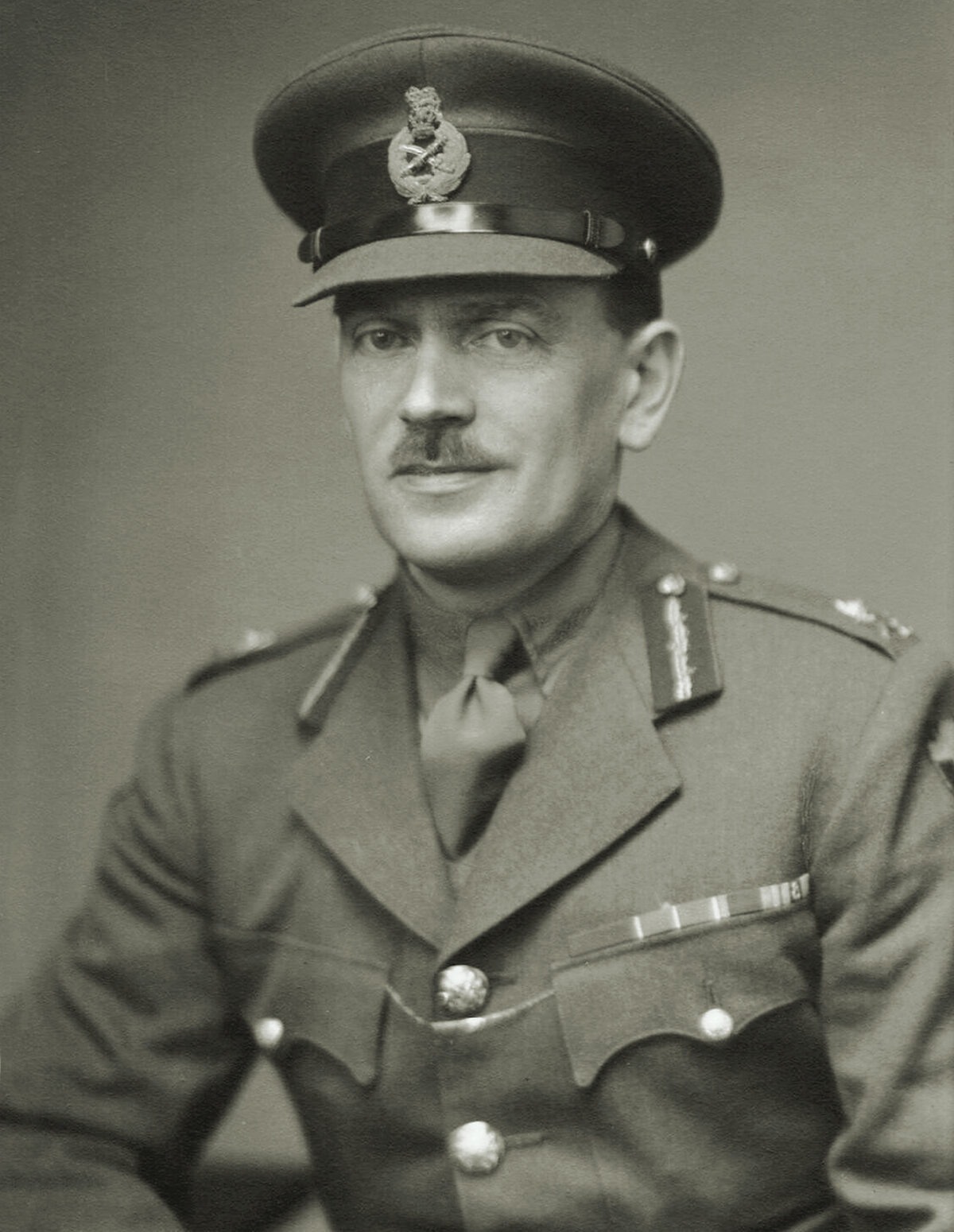Military history has given us some great teams of commanders and their chiefs of staff. Napoleon had Marshal Louis-Alexandre Berthier; Dwight D. Eisenhower had Walter Bedell Smith; and Bernard Law Montgomery had Francis Wilfred de Guingand. Fortunately for the Allies in World War II, Bedell Smith and de Guingand served not only in that same war, but also in the same theater starting in 1943. Together they forged a personal and professional partnership that was a vital element in the unprecedented success of the Grand Alliance. “Beetle” Smith is fairly well remembered today, but “Freddie” de Guingand remains largely forgotten outside of British circles.
He deserves better. The ultimate team player, de Guingand was the most-respected and best-liked British officer among the Americans. After the war Smith wrote of him: “General de Guingand is the best staff officer I have ever seen regardless of nationality… and I do not know of any man in whom I have more confidence and for whom I have greater affection.” In his book A Soldier’s Story, General Omar Bradley wrote of de Guingand’s “patience, modesty, and understanding which helped to forge the Allied armies into a single fighting machine. Somewhere in almost every critical Allied decision of the war in Europe, you will find the anonymous but masterful handiwork of this British soldier.”
During the war, Field Marshal Sir Bernard Law Montgomery wrote of de Guingand to General Sir Alan Brooke (later Field Marshal Lord Alanbrooke), Britain’s Chief of the Imperial General Staff (CIGS). He said, “I do not know what I should do without him as he is quite 1st class.” And after the war Montgomery wrote, “Anything I have been able to achieve during the late war could not have been done if he had not been at my side.” Unfortunately, Montgomery’s fine words all too often failed to live up to his treatment of his former chief of staff, especially after the war ended.
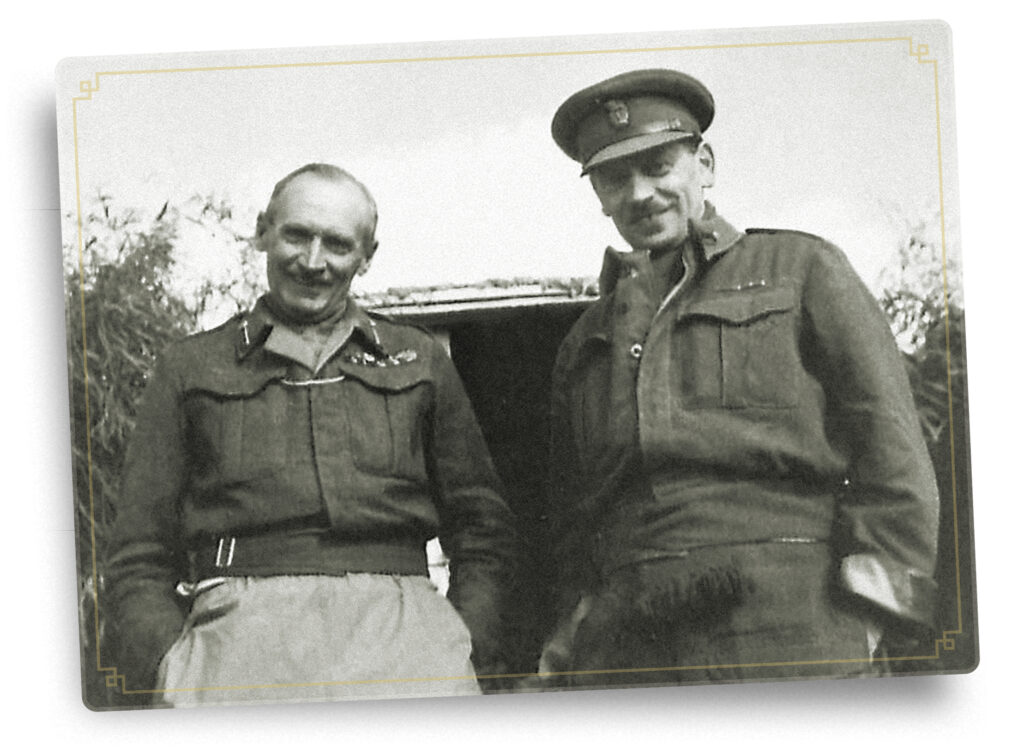
De Guingand was born in Acton, west London, in 1900. His mother was from a family of Yorkshire bankers; his father was the son of a man who left France for England after the overthrow of King Louis Philippe in 1848. In 1918 Francis had planned to enter the Royal Navy as a midshipman, but he was medically rejected for color blindness. Instead, he entered the Royal Military College at Sandhurst as a gentleman cadet, where his French surname earned him the lifelong sobriquet of “Freddie.” (Despite his family’s Gallic background, he was never completely comfortable speaking French.) Although he was exceptionally bright, the fun-loving Freddie’s record at Sandhurst was less than impressive.
Commissioned into the West Yorkshire Regiment in December 1919, de Guingand served briefly in India and then in Ireland during the Irish War of Independence. In 1924 he was posted to his regiment’s depot in York, where he met Major Bernard Montgomery, who was then a general staff officer assigned to the 49th (West Riding) Division. As bachelor officers, they both lived in the same mess, shared common enthusiasms for golf and bridge, and become fast friends. It was an odd-couple relationship on several levels. Montgomery was 13 years older than de Guingand, and was austere, arrogant, blunt, and utterly lacking in diplomacy and tact. De Guingand had a buoyant and charming personality, and was passionate about wine, women, and gambling. Nonetheless, Montgomery, recognizing de Guingand’s intellect and the value of his organizational and diplomatic skills, became his mentor.
With Montgomery’s endorsement, de Guingand was accepted at the highly competitive Staff College at Camberley, graduating in 1935. In 1939 he was assigned as the military aide to Leslie Hore-Belisha, Britain’s reformist but controversial secretary of state for war. While serving as Hore-Belisha’s close confidant, de Guingand honed his negotiating and diplomatic skills as he dealt personally with most of the senior officers in the British Army. A month after Hore-Belisha was fired from the War Office in January 1940, de Guingand was posted as an instructor to the Middle East Command’s new staff college at Haifa in Palestine. The commandant of the college was Brigadier Eric Dorman-Smith, who had been one of de Guingand’s instructors at Camberley. De Guingand quickly became the chief instructor of the college.
That December he was reassigned to the Middle East Command’s Joint Planning Staff in Cairo. Now a major-general, Dorman-Smith had become the Middle East Command’s Deputy Chief of the General Staff, and he recommended de Guingand for the post of Director of Military Intelligence, Middle East, with the rank of brigadier. Although he had no previous training or experience in the intelligence field, de Guingand proved very skillful at the job. He used the famous Long Range Desert Group to analyze the many differing reports that came in from various sources. When the intelligence indicated that Axis troops under Generalleutnant Erwin Rommel were massing to attack at Gazala in Libya in May 1942, de Guingand was able to issue an advanced warning. He also correctly forecast the Axis capture of Tobruk in June 1942. That July, after the First Battle of El Alamein (also known as the Battle of Ruweisat Ridge), de Guingand was reassigned as the Eighth Army’s Brigadier, General Staff (Operations).
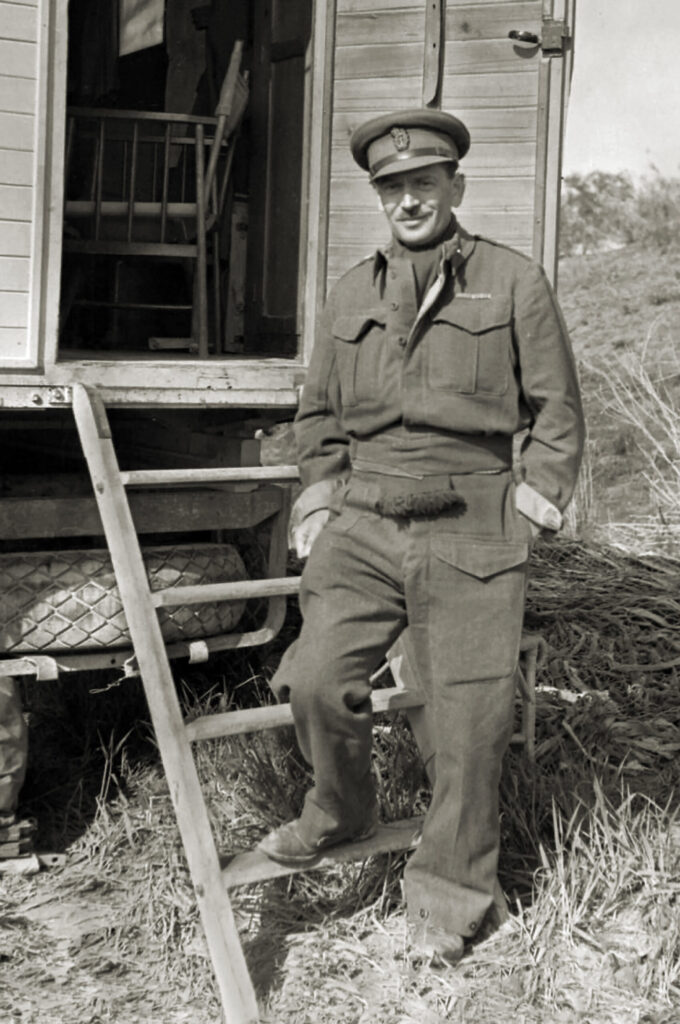
When Montgomery assumed command of the Eighth Army the following month, he broke with British military tradition by completely but unofficially changing the organization of his staff. Without seeking approval from London, he consolidated responsibility by making his chief of staff his primary adviser and the absolute master of all staff work, much as the Americans and French did, instead of separating it across three different branches (the general staff for planning, operations, and intelligence; the adjutant general’s staff for personnel and administration; and the quartermaster general’s staff for supply and transportation). As Montgomery wrote in his post-war memoirs: “The magnitude of the task in front of me was beginning to be apparent. I must have someone to help me, a man with a quick and clear brain, who would accept responsibility, and who would work out the details and leave me free to concentrate on the major issues—in fact, a Chief of Staff who could handle all the details and the intricate staff side of the business and leave me free to command…. Before we arrived at Eighth Army HQ I had decided that de Guingand was the man; I would make him chief of staff with full powers and together we would do the job…. I never regretted the decision.”
Freddie de Guingand thus became the British Army’s first modern, comprehensive chief of staff. Montgomery made his intentions crystal clear when he told his assembled senior officers, “I want to tell you that I work on the Chief-of-Staff system. I have nominated Brigadier de Guingand as Chief-of-Staff Eighth Army. I will issue orders through him. Whatever he says will be taken as coming from me and will be acted on at once.” Thus, once Montgomery made his decisions, he left de Guingand with a free hand to manage the staff to work out all the details necessary to execute the commander’s intent. De Guingand functioned in all but name as Montgomery’s deputy commander.
Once Montgomery assumed command, he started strengthening the British defences on Alam el Halfa ridge in Egypt. He also pulled the Eighth Army’s main command post to Borg el Arab on the Mediterranean coast from its location on Ruweisat Ridge. There the Eighth Army co-located with the headquarters of the Western Desert Air Force, commanded by Air Vice Marshal Sir Arthur Coningham. One of the RAF’s most brilliant tactical air commanders, Coningham had a highly competitive personality that clashed with Montgomery’s. De Guingand quickly became the primary operations coordinator between the RAF and the Eighth Army. The synchronization of close air support for Montgomery’s ground forces remained one of de Guingand’s key responsibilities for the remainder of the war.
Rommel attacked at Alam el Halfa on August 30. When the British defences held, the Axis finally lost the initiative in Africa. De Guingand recommended an immediate counterattack, but Montgomery decided to reconstitute his forces in preparation for a set-piece break-out battle.
De Guingand’s usual practice was to operate from the main command post, while Montgomery directed the battle from a forward tactical command post—“Tac CP”—with his chief of staff making daily visits to Montgomery. Just before the British started their breakout at El Alamein on October 23, de Guingand established a forward satellite of the Main CP on the coast close to Montgomery’s Tac CP and the CPs of the two attacking corps.
By the early hours of October 25, reports indicated that the southern arm of the British attack was faltering. After assessing the situation, de Guingand concluded that the situation was reaching a crisis that only the army commander could resolve. He asked the commanders of X and XXX Corps to meet him at the Tac CP at 3:30 a.m. He then drove to the Tac CP, woke Montgomery, and briefed him on the situation. After the meeting with the corps commanders, Montgomery agreed with his chief of staff’s recommendation to suspend the attack along the southern corridor and to shift the effort to the northern thrust. That, however, required de Guingand to make a complete revision of the battle plan on the fly. He later received the Distinguished Service Order (DSO) for his role at El Alamein.
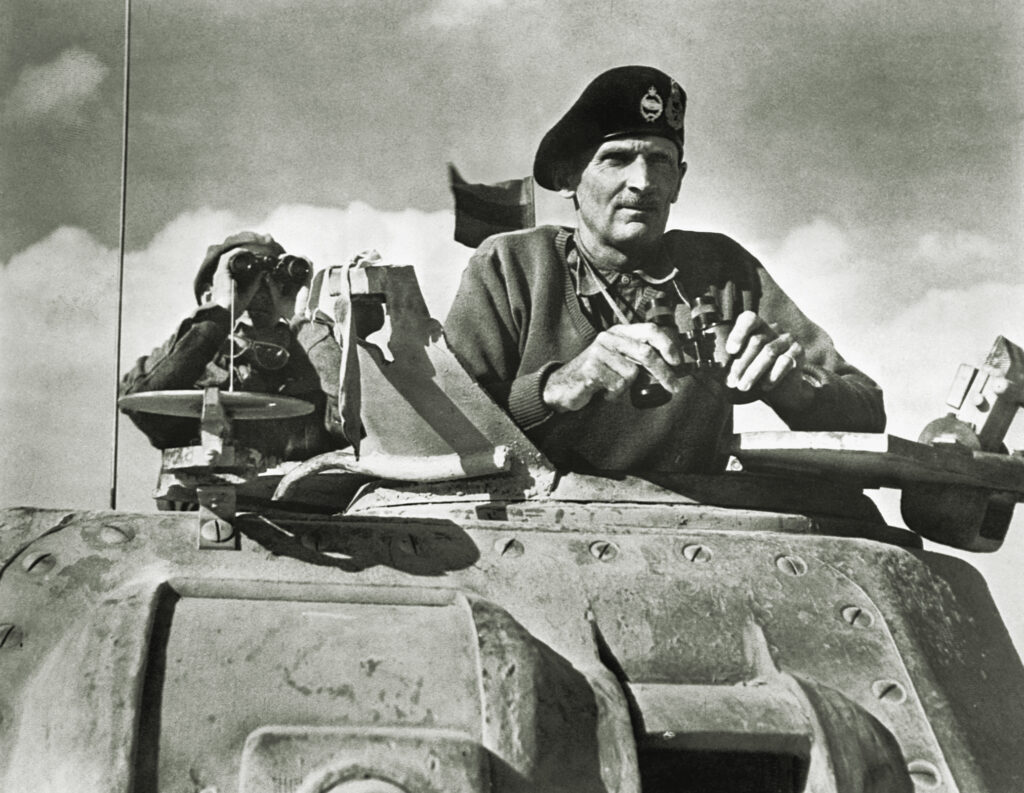
After El Alamein, Rommel withdrew 1,300 miles westward along the Mediterranean coast of Africa, eventually linking up with Axis forces in Tunisia. Montgomery followed in what can only be termed a “slack pursuit.” On March 29, 1943, the Eighth Army breached the Mareth Line in southern Tunisia, bringing it under control of General Sir Harold Alexander’s 18th Army Group. The Allied theatre commander was General Dwight D. Eisenhower, with whom Montgomery already had a strained relationship. When they met for the first time in England at the end of May 1942, Montgomery had brusquely told Eisenhower to put out his cigarette. “I don’t permit smoking in my office,” he said. Ike complied but was quietly furious. Montgomery later told de Guingand his impression of Eisenhower: “Nice chap. No soldier.” However, when de Guingand and Walter Bedell Smith met for the first time, they hit it off immediately, and the relationship would help de Guingand navigate the contentious Eisenhower-Montgomery relationship for the rest of the war.
In mid-April Montgomery sent de Guingand, now promoted to the temporary wartime rank of major-general, to Cairo as his deputy to take over the planning for Operation Husky, the invasion of Sicily. Several days later, while flying back to Algiers for a planning conference, de Guingand’s plane crashed at El Adem in Libya and he was forced to spend several weeks in the hospital with a concussion and multiple fractures. Nonetheless, he was back in action on July 10, sorting out landing operation problems in Sicily.
In late 1943 Eisenhower and Montgomery both relinquished their commands in the Mediterranean and transferred to London to assume their new positions for the invasion of Europe—Operation Overlord. Eisenhower was Supreme Allied Commander, Supreme Headquarters Allied Expeditionary Force (SHAEF), and Montgomery became commander of the 21st Army Group, and also overall commander of land forces during initial operations in Normandy. Both of their chiefs of staff came with them. Bedell Smith and de Guingand continued to build on the solid professional relationship they already had established. De Guingand retained his temporary wartime rank of major-general, although the position was really authorized for a lieutenant-general. Montgomery asked him to accept the lower rank on the odd rationale that many of the brigadiers assigned to the staff would then push for promotions to major-general. De Guingand acquiesced to his boss’s wishes, but that would come back to haunt him in just a few years.
The staff of Lieutenant-General Sir Frederick Morgan, the designated chief of staff to the Supreme Allied Commander, had already done a great amount of detail work on the invasion plan, but when Beetle and Freddie got their first look at the plan in January 1944, they quickly recognized that the invasion sector was too narrow and the assigned troops too few. Together, they briefed Montgomery, who agreed with them immediately. Then they convinced Eisenhower, who finally persuaded the Combined Chiefs of Staff to allocate more forces. From that point on they had only 22 weeks to re-work the basic plan and all the detail work to support it. Montgomery, as usual, gave de Guingand a free hand.
Once the Allies landed in France on D-Day, the friction between Eisenhower and Montgomery only grew worse. But it was not only Americans that Montgomery alienated. Many of his fellow British senior officers also considered him insufferable, especially Air Chief Marshal Sir Arthur Tedder, Eisenhower’s Deputy Supreme Commander at SHAEF. De Guingand increasingly found himself intervening with his fellow countrymen on Montgomery’s behalf. More and more Montgomery refused to participate in meetings at SHAEF headquarters, sending de Guingand as his representative instead. Although de Guingand always supported his boss’s positions on operational matters, he also managed to serve as an effective peacemaker and intermediary.
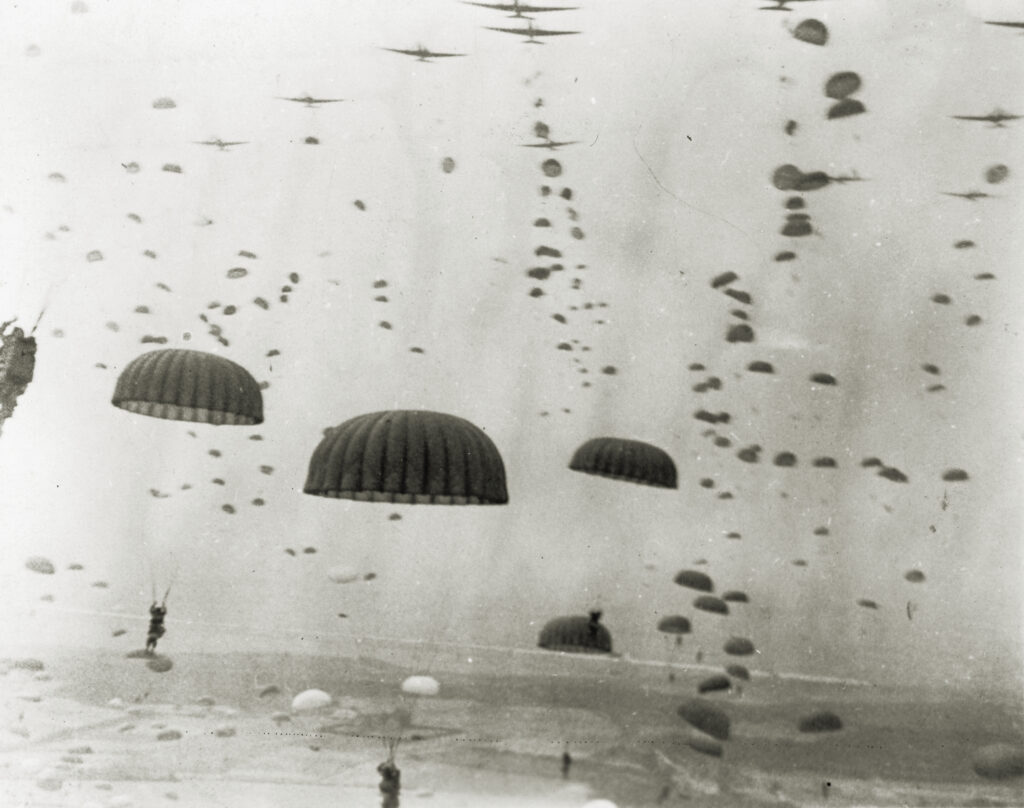
The running Ike-Monty feud took a turn for the worse on September 1, 1944, when Eisenhower assumed the role of combined ground forces commander. Montgomery, who believed he should retain that position, took it personally and continued to agitate for the role until the end of the war. Another source of friction was Ike’s strategy of attacking Germany across a broad front; Montgomery insisted they should put all the Allied weight into a single rapier-like thrust into northern Germany—commanded by himself, of course. At one point, Eisenhower partially gave in, authorizing Montgomery to launch Operation Market Garden in September 1944 to push through the Netherlands into Germany and seize the Rhine bridges. De Guingand, however, had serious reservations about the operation and tried to convince Montgomery that the Germans would almost certainly be able to defeat it. Montgomery dismissed the concerns, but subsequent events proved de Guingand all too right when the Germans blocked the British advance at the Rhine.
The final crisis between Ike and Monty came in late December 1944, during Germany’s offensive in the Ardennes, the Battle of the Bulge. True to form, Montgomery refused to attend Eisenhower’s senior leaders’ emergency meeting at Verdun on December 19, 1944. Tedder, Omar Bradley, Third Army commander George S. Patton, Bedell Smith, and 6th Army Group commander Lt. Gen. Jacob L. Devers were all there. Montgomery sent de Guingand. Eisenhower made the correct decision to place U.S. First and Ninth Armies temporarily under the operational control of Montgomery’s 21st Army Group to fight the German penetration north of the Bulge shoulder. Montgomery, however, became openly very critical of American performance during the battle. The British press echoed the criticisms, suggesting that Montgomery had “saved the bacon” for the Americans, and demanding that Monty be made overall land forces commander for the rest of the war.
That was the final straw for Eisenhower. On December 30 Ike decided to tell British prime minister Winston Churchill and the Combined Chiefs of Staff that either he or Montgomery had to go. When de Guingand saw the draft of Eisenhower’s letter, he had no doubt which way the decision would fall. But he persuaded Eisenhower to postpone sending the letter until he could talk to Montgomery. At first, Montgomery refused to accept the seriousness of the situation, believing that there was no other British general who could replace him. He was shocked when de Guingand told him that Eisenhower was prepared to recommend Sir Harold Alexander, now a field marshal, as the replacement.
Montgomery finally understood the gravity of his position. He asked de Guingand to draft an abject letter of apology to Eisenhower in an effort to defuse the situation. A very uncharacteristically humble-sounding Montgomery wrote, “Have seen Freddie and understand you are greatly worried by many considerations in these difficult days.” And, “Whatever your decision may be, you can rely upon me one hundred percent to make it work.” He signed the letter, “Your very devoted subordinate, Monty.” It worked. Eisenhower was mollified. But of course, after the war and to the end of his life Montgomery never missed an opportunity to snipe at Ike.
In 1946 MONTGOMERY was selected to succeed Alanbrooke as CIGS, the professional head of the British Army. Monty had already told de Guingand that he wanted him as his vice chief, and he arranged his assignment as Director of Military Intelligence at the War Office in London as a preparatory position. At the last minute, however, the outgoing Alanbrooke raised objections, citing de Guingand’s health as the reason. Almost as soon as he took office, Montgomery summarily told de Guingand, “I’ve decided not to have you for my Vice.” Stunned, de Guingand asked why, Montgomery callously answered, “Because it would not do me any good.” End of discussion.
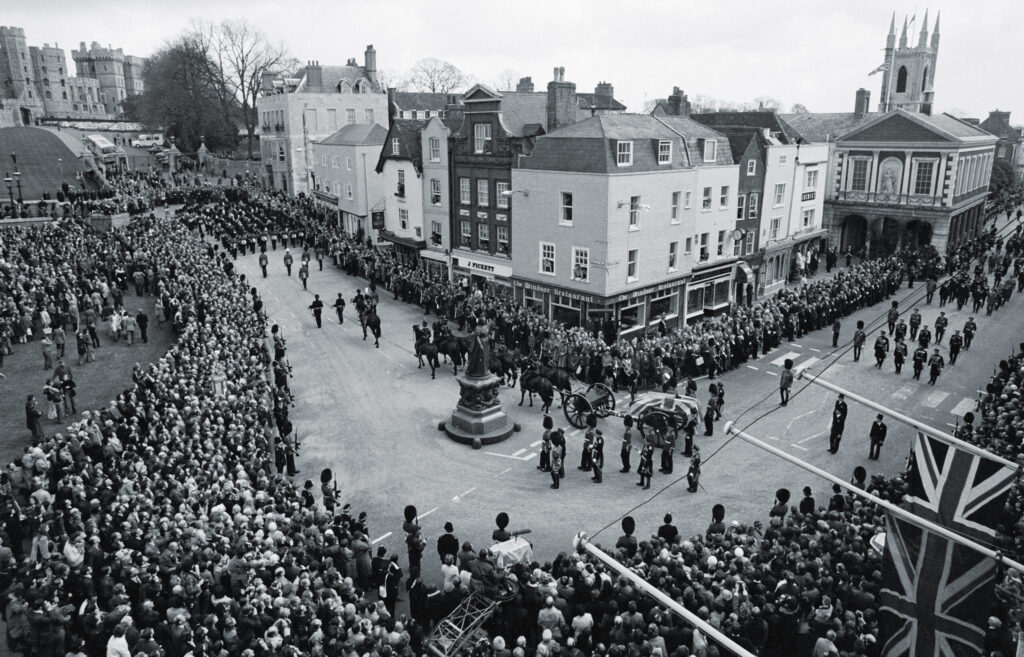
De Guingand realized he no longer had a role in the British Army. His only option was to retire, but he was still only a temporary wartime major-general. He could not afford to retire at his substantive rank of colonel. De Guingand appealed to his old boss for help, but Montgomery declined to get involved in what he considered a petty administrative detail far beneath the level of a great commander. Bedell Smith, however, was outraged by de Guingand’s situation and he brought it to Ike’s attention. After Eisenhower intervened personally at the highest levels of the British government, de Guingand finally received promotion to the substantive rank of major-general on September 10, 1946. He retired five months later.
The United States recognized de Giungand’s value. In April 1945 the U.S. awarded him the Legion of Merit in the degree of Commander, and in January 1948 the U.S. Army presented him with the Distinguished Service Medal. After the war de Guingand became a successful businessman in South Africa. But as Montgomery’s vitriolic pot shots at Eisenhower continued throughout the 1950s and into the 1960s, de Guingand increasingly leaned toward sympathizing with Ike, who cited him no fewer than 15 times in the endnotes of his 1948 book, Crusade in Europe. That book infuriated Montgomery, which naturally increased the growing separation between de Guingand and his former boss. Nonetheless, de Guingand was one of the eight official pallbearers at Montgomery’s state funeral on April 1, 1976.
Sir Francis Wilfred de Guingand died at Cannes, France, on June 29, 1979. His place in the history of World War II is best summed up by what Eisenhower wrote in Crusade in Europe about the chief of staff of the 21st Army Group: “He was Major-General Francis de Guingand, ‘Freddy’ to all his associates in SHAEF and in other high headquarters. He lived the code of the Allies and his tremendous capacity, ability, and energy were devoted to the co-ordination of plan and detail that was absolutely essential to victory.”

